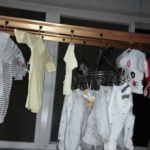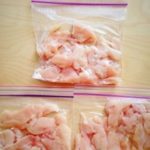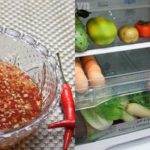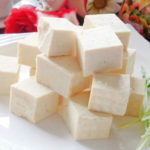Just a bowl of shrimp paste cleverly mixed with lime, sugar, and MSG, then whipped up, with a few slices of chili added, is enough to make many people fall in love with dishes like shrimp paste vermicelli… However, the quality of shrimp paste sold in street stalls cannot be guaranteed. So how do you distinguish between clean shrimp paste and dirty shrimp paste?
How to distinguish clean shrimp paste from dirty shrimp paste
Dan Tri newspaper quoted TS Nguyen Cong Khanh – Head of the National Institute of Nutrition as saying that basically, shrimp paste and fish sauce are nutritious foods with a good protein reserve, easy to absorb and relatively safe (with a long process of filtration and fermentation). However, the big drawback of both types of shrimp paste is that they are easily contaminated with bacteria during processing before consumption.
With shrimp paste, when in its pure form, it is very salty and dense, making it difficult for any bacteria to survive in that environment. But when water is added, for example, it will turn into a different environment and create very favorable conditions for bacteria to grow and thrive. Therefore, there is a basis to suspect that shrimp paste may pose a risk of causing diarrhea like some other high-risk foods (such as raw vegetables) rather than blaming it.
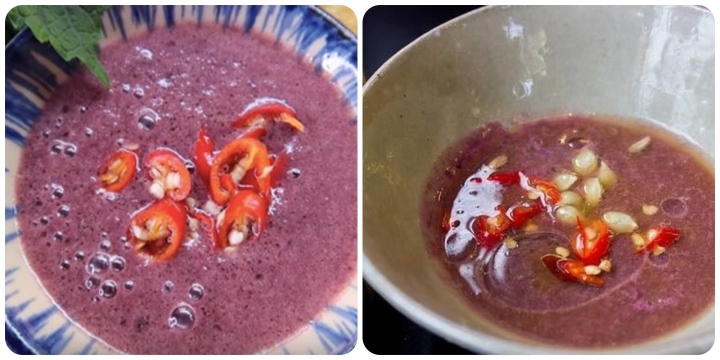
Shrimp paste is a dish loved by many people
Health experts advise that if you want to eat shrimp paste, you need to choose the right type of clean shrimp paste to eat. Here are some signs to identify dirty – clean shrimp paste that you should not overlook:
– Clean shrimp paste: Carefully covered, placed in a well-ventilated area, not exposed to the sun, always closed to absorb heat, the paste will ferment slowly, naturally, and stably. The two main ingredients are fresh shrimp and clean sea salt.
– Dirty shrimp paste: It does not have the natural color of shrimp paste but uses chemicals. Besides testing, careful observation, you may also be lucky to identify dirty shrimp paste with signs such as pink color, fresh reddish color. Meanwhile, clean shrimp paste only has a slightly pink color, ensuring freshness (if the shrimp is spoiled, the paste will be darker without the use of chemicals).
Experts advise that all types of paste, when mixed, are an excellent environment for bacterial growth. Moreover, unused paste is usually poorly preserved and left outside, making it easily contaminated, especially shrimp paste and shrimp paste. Therefore, it is necessary to firmly remove excess paste after a meal and absolutely avoid prolonged use from one meal to another.
According to VTV.vn

























